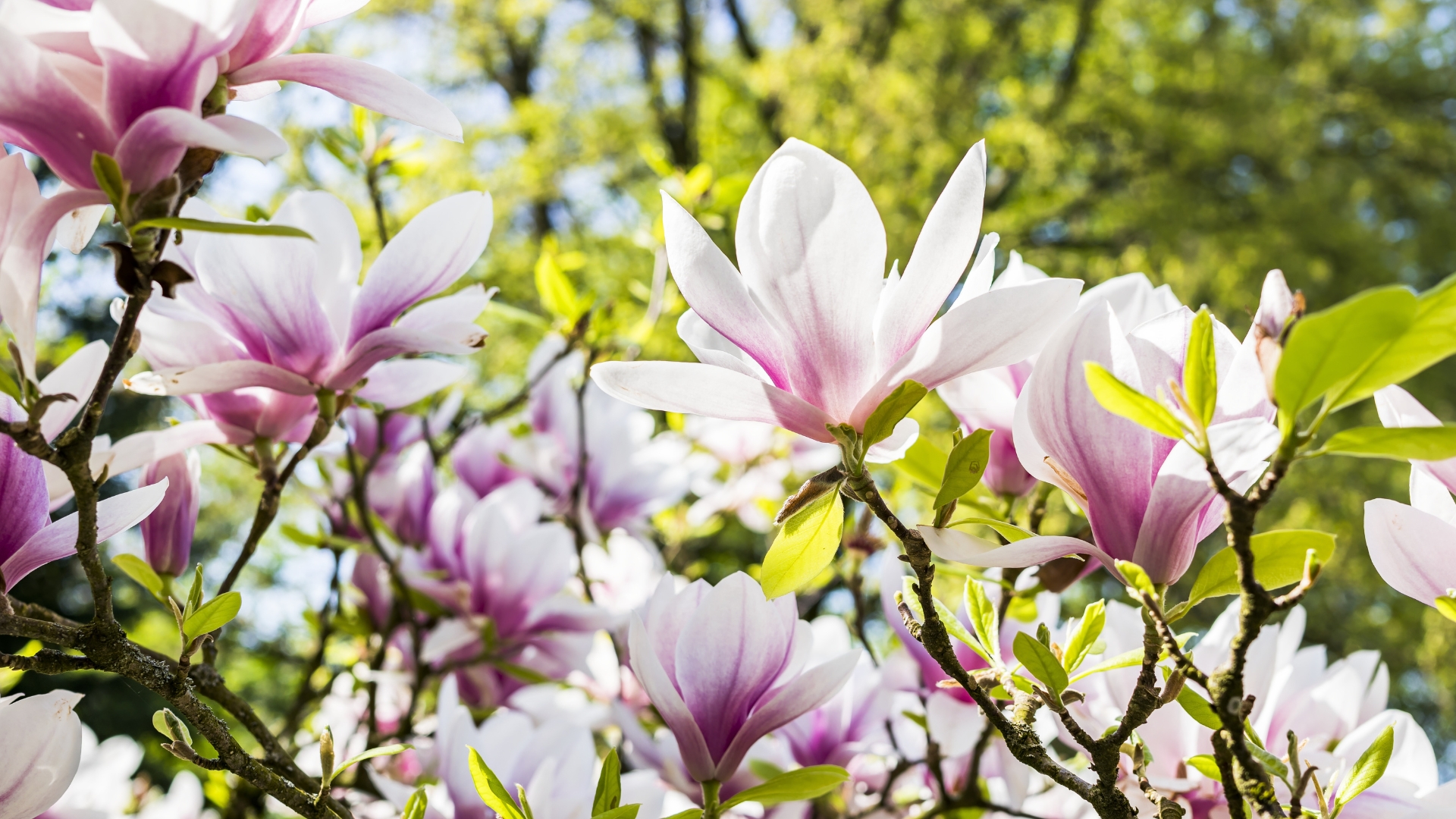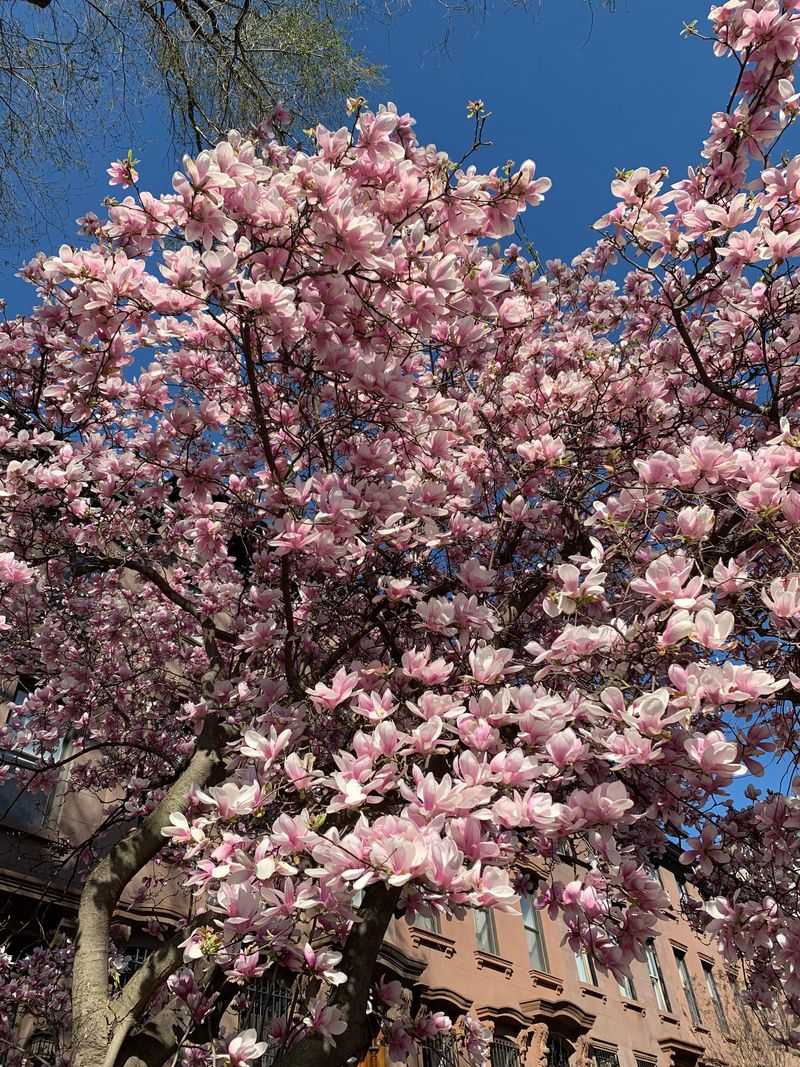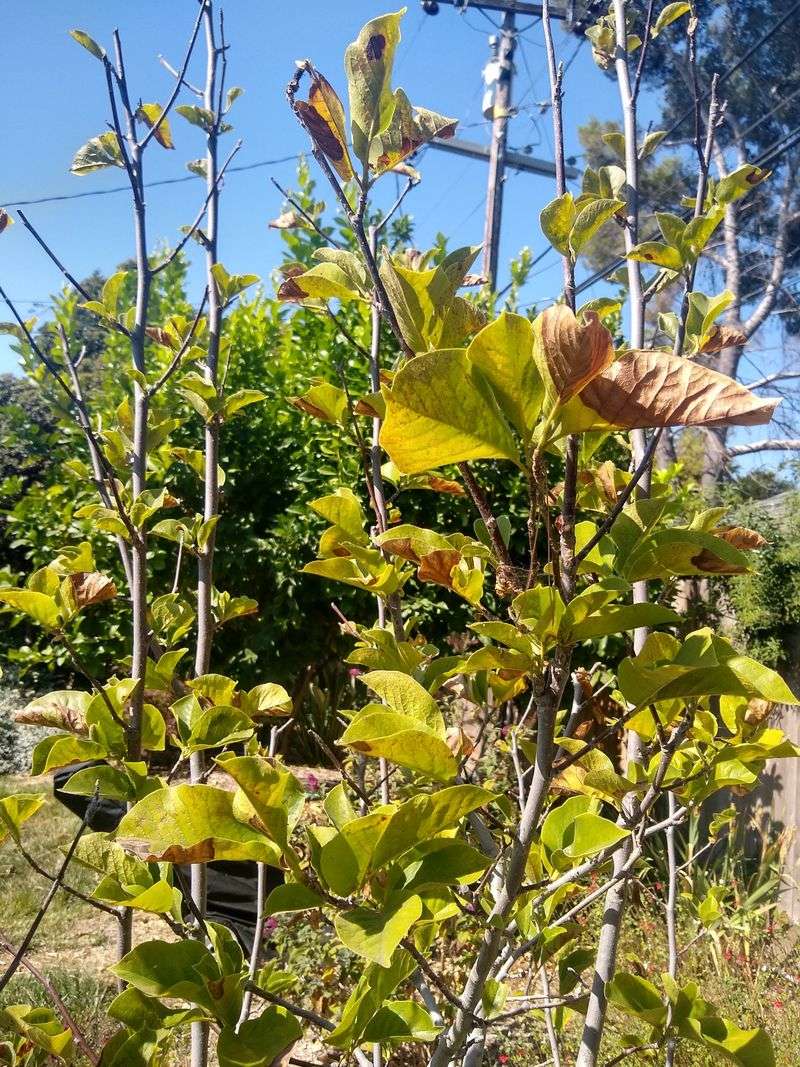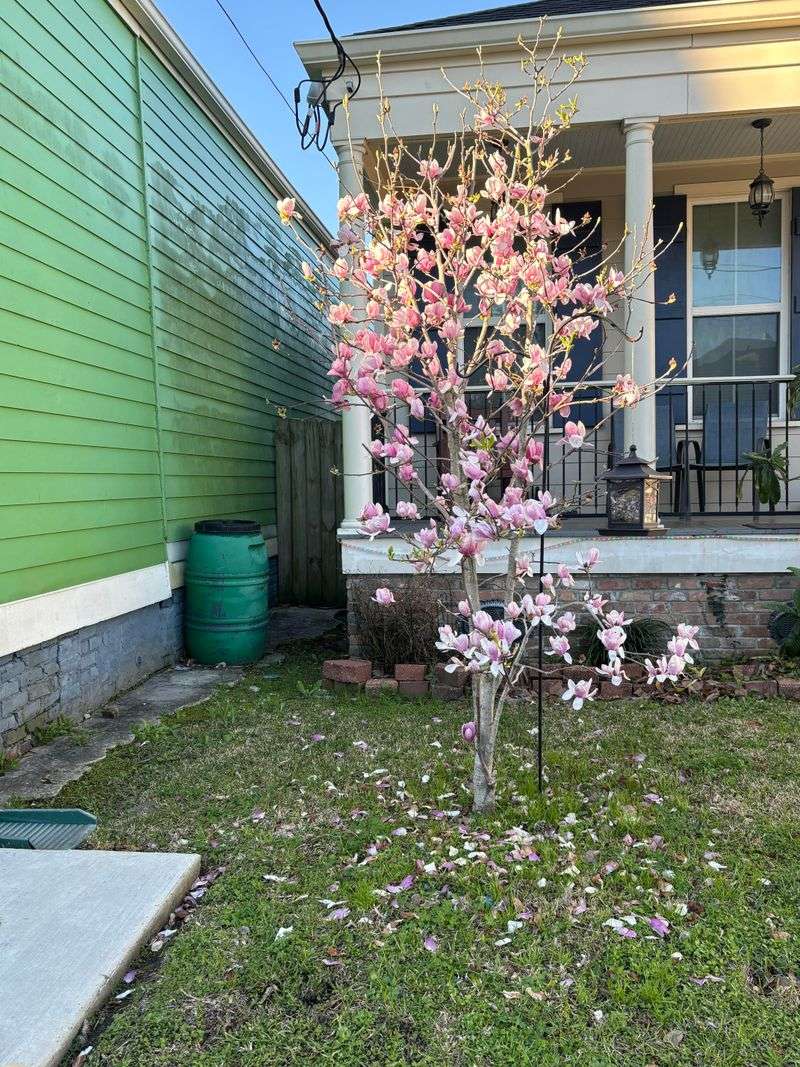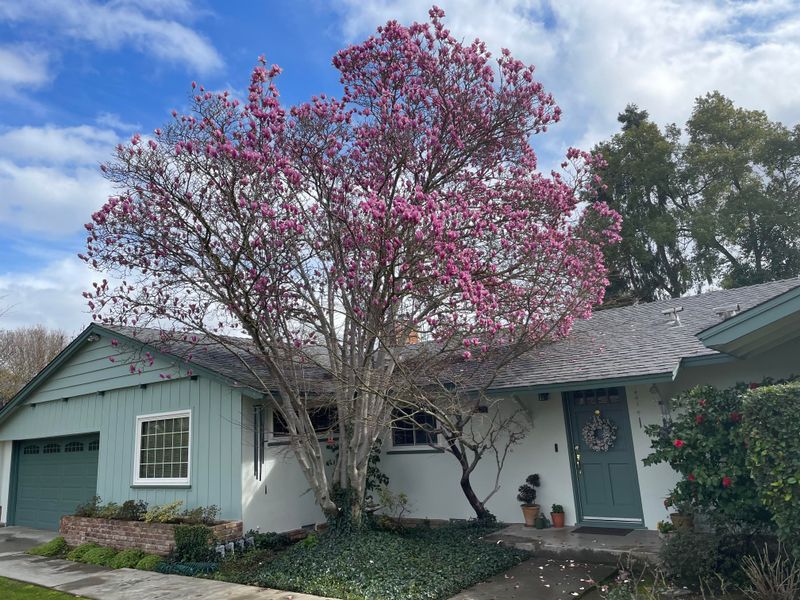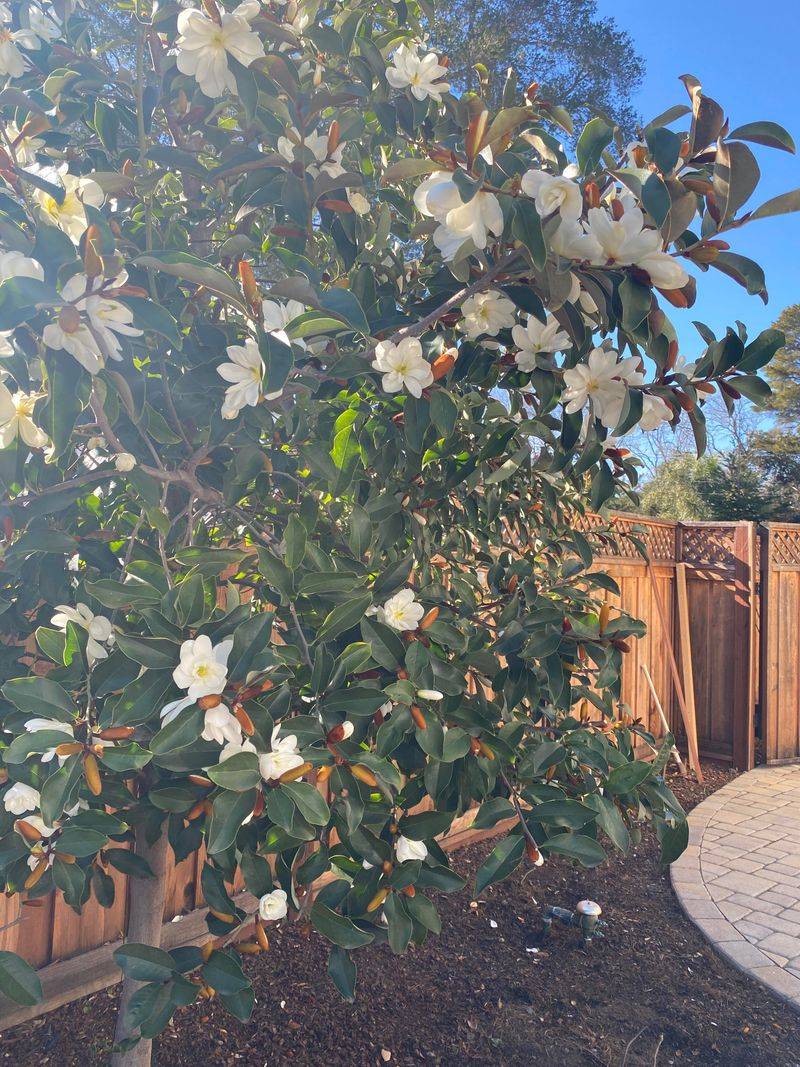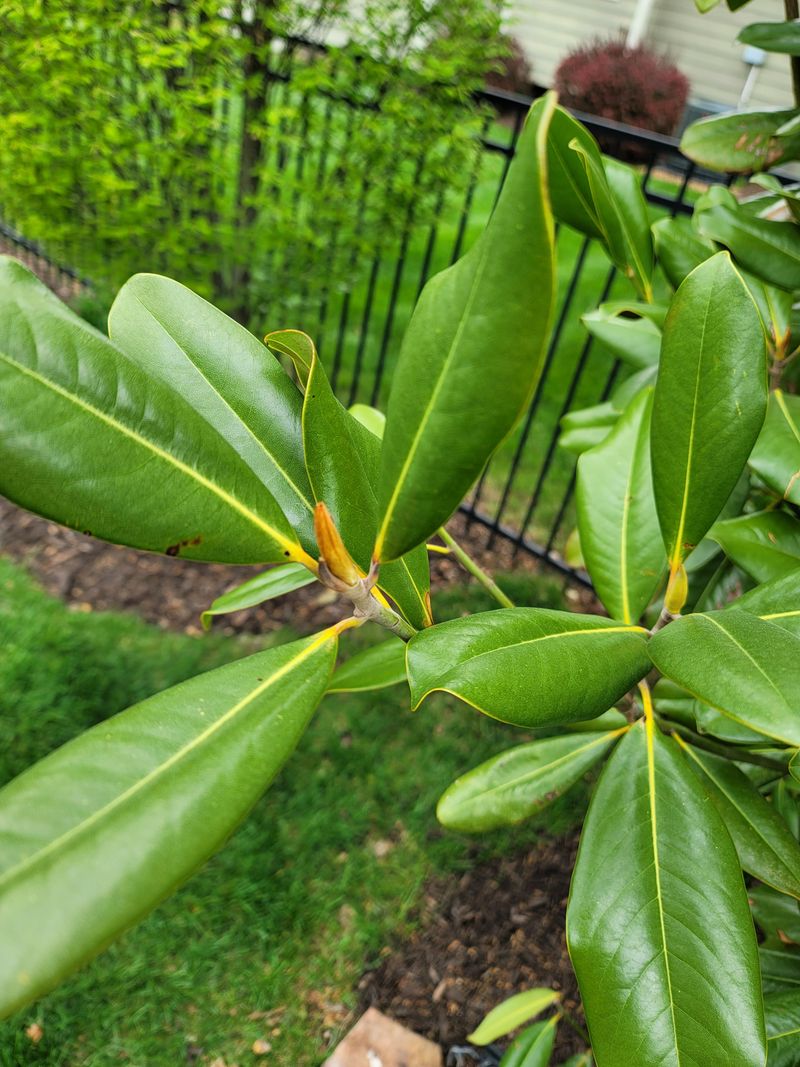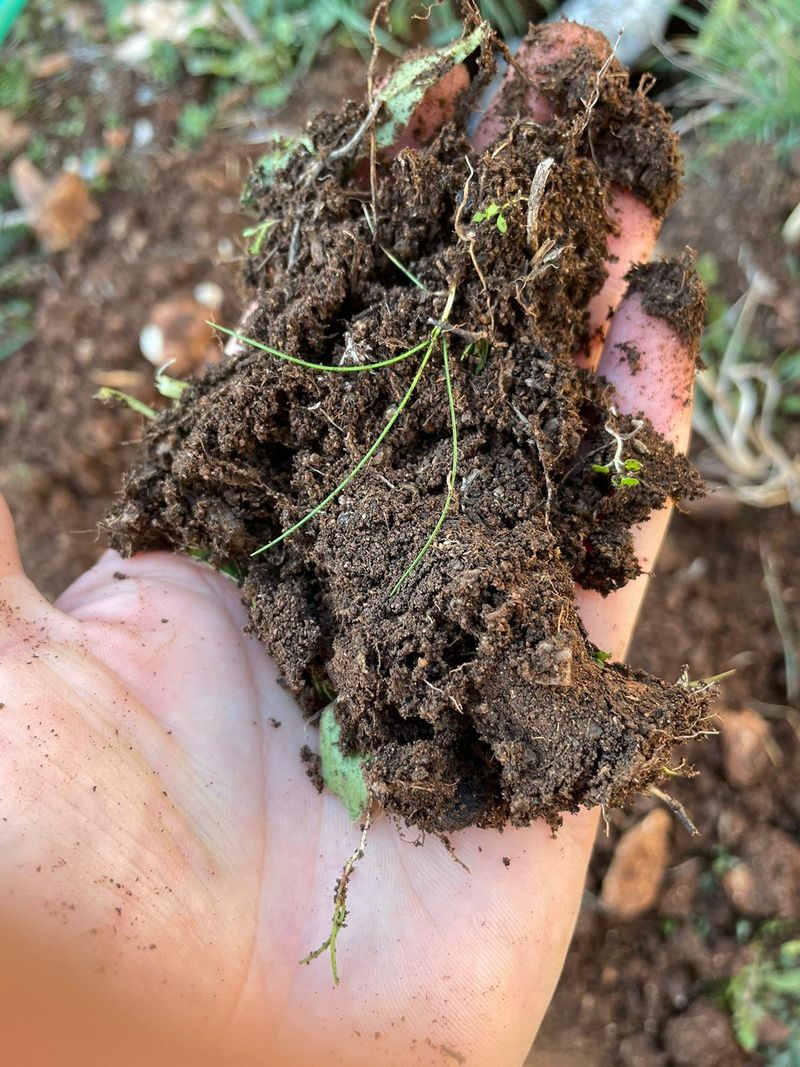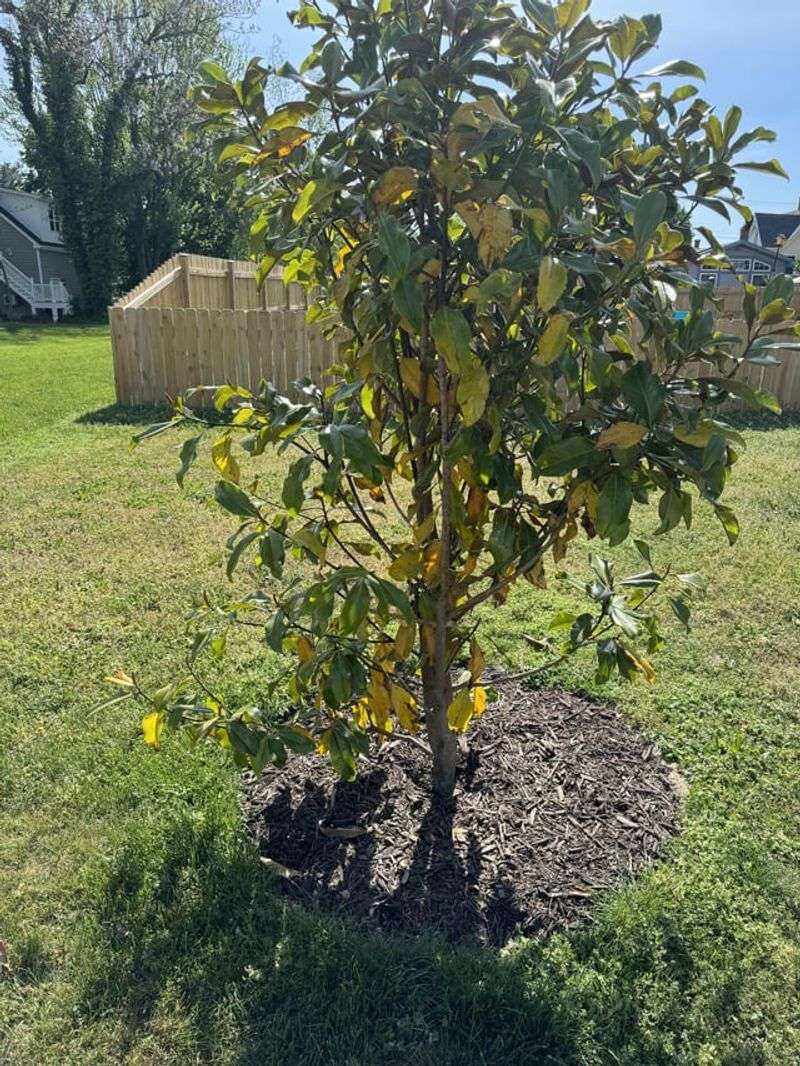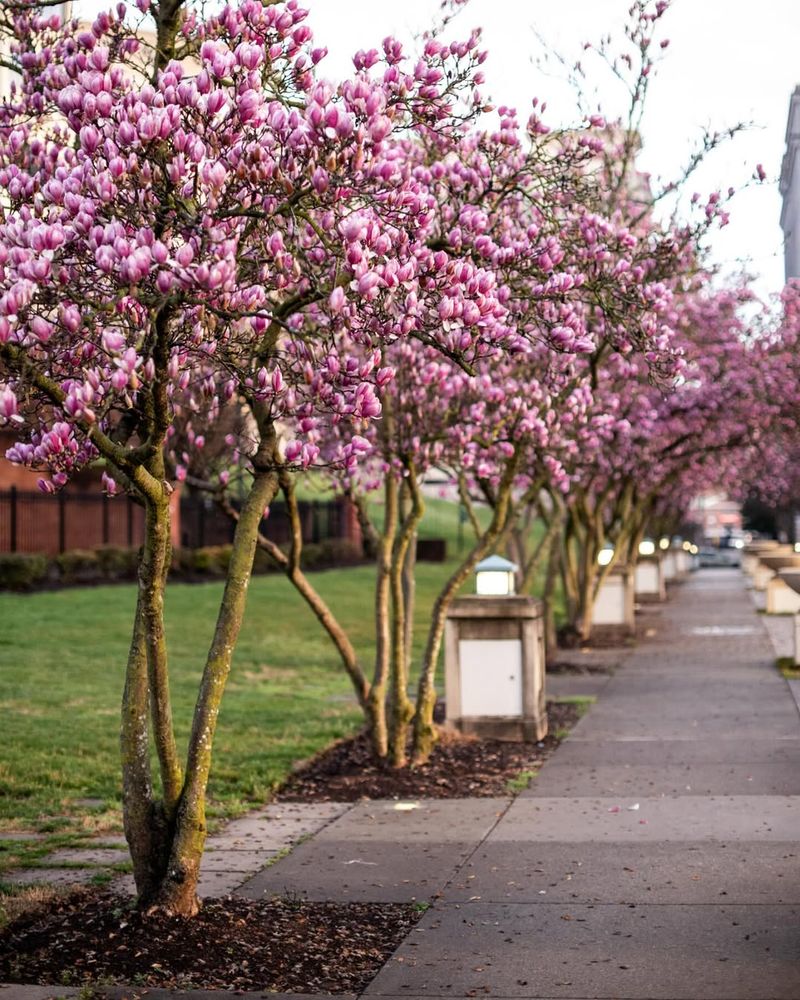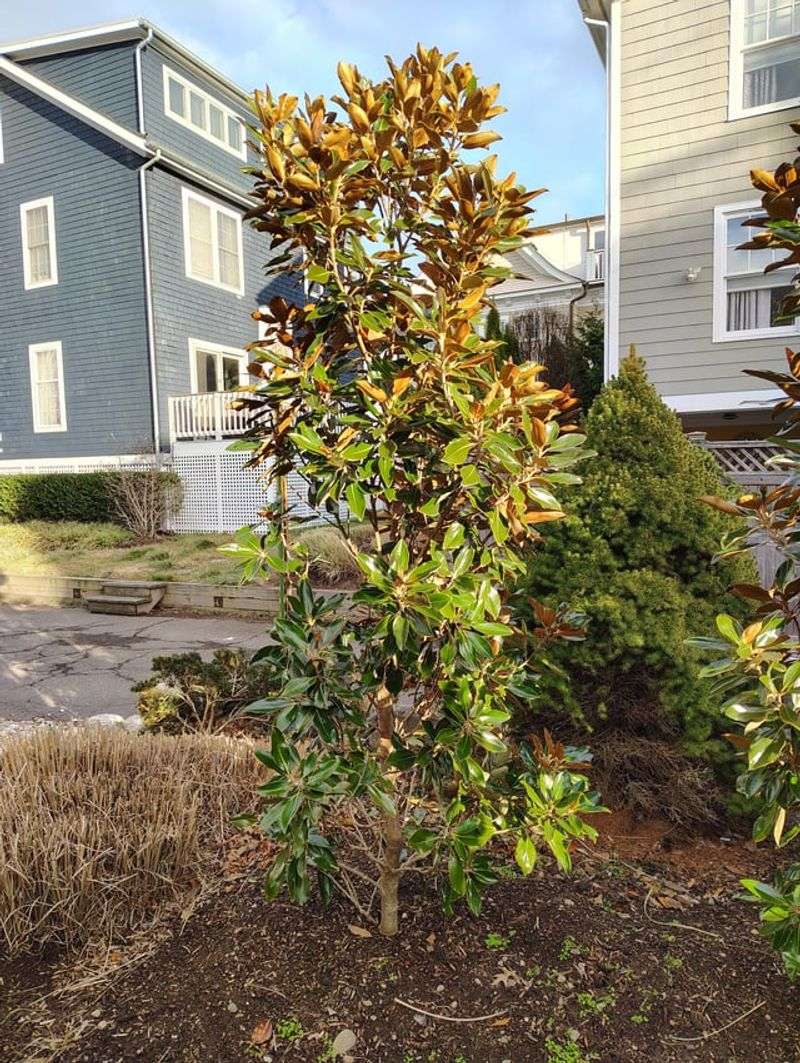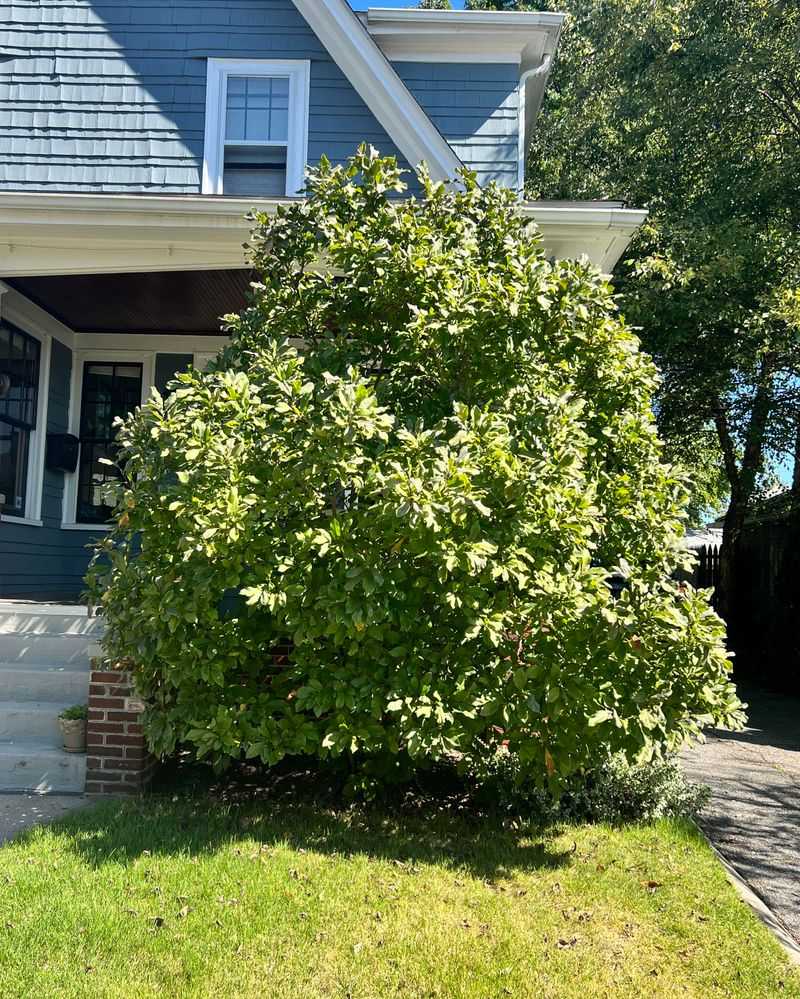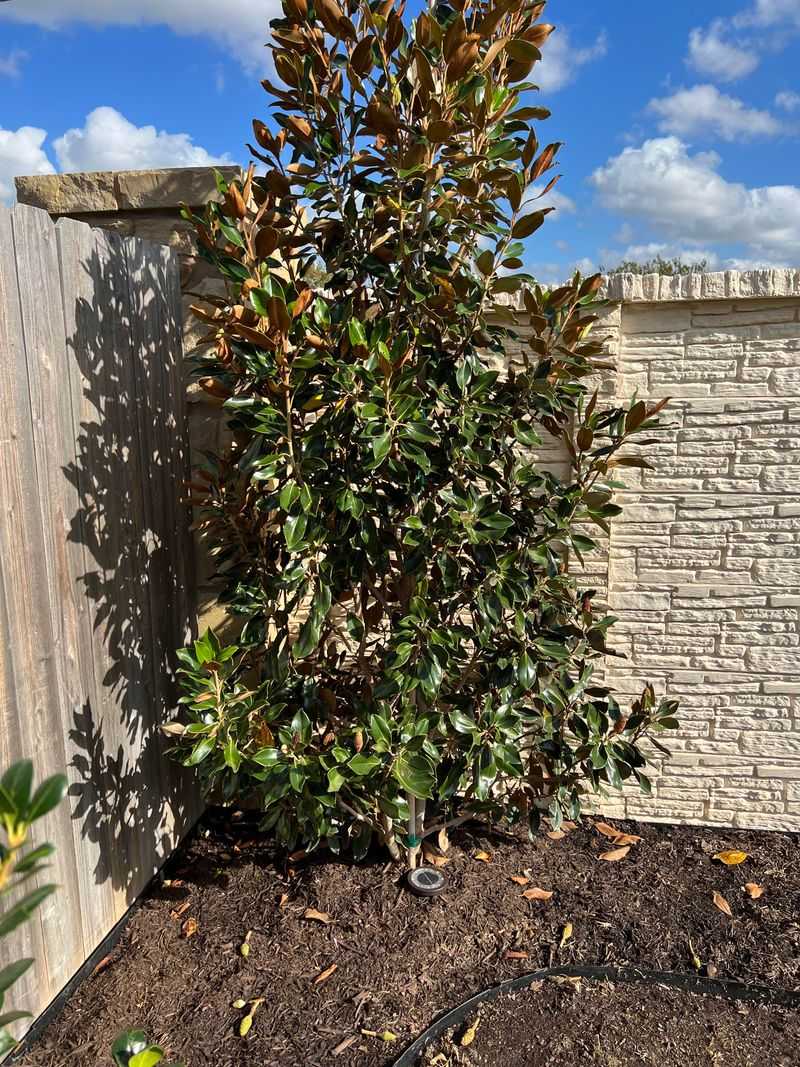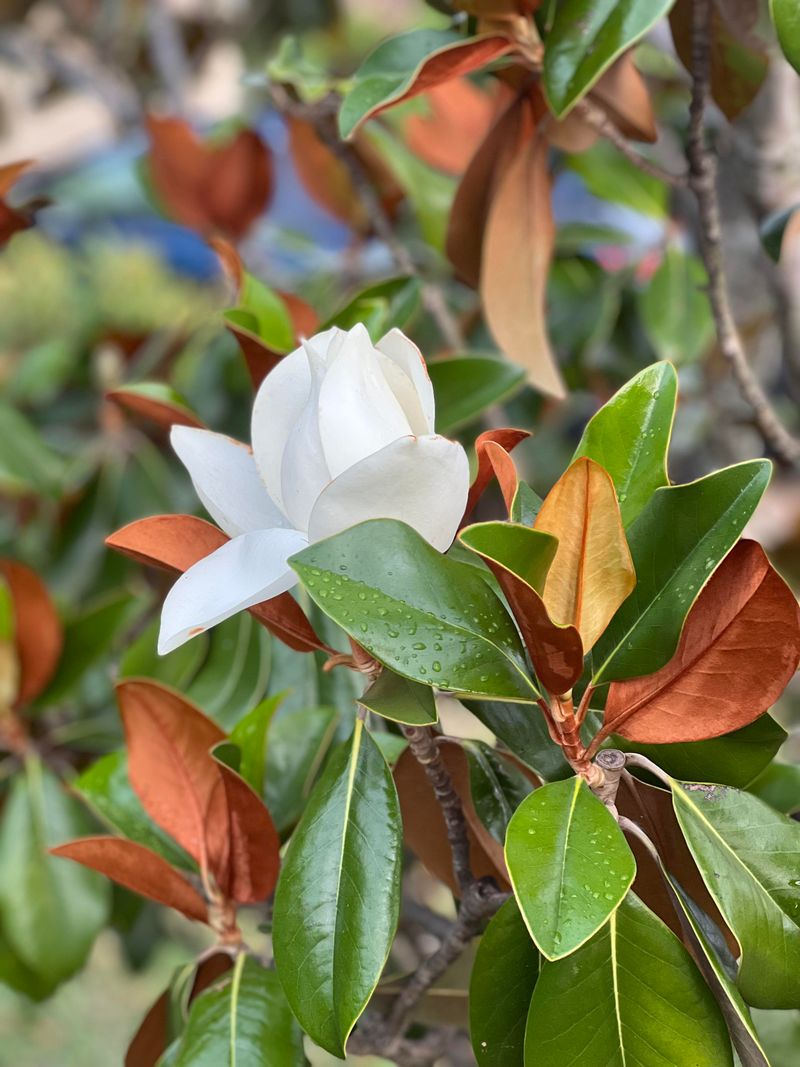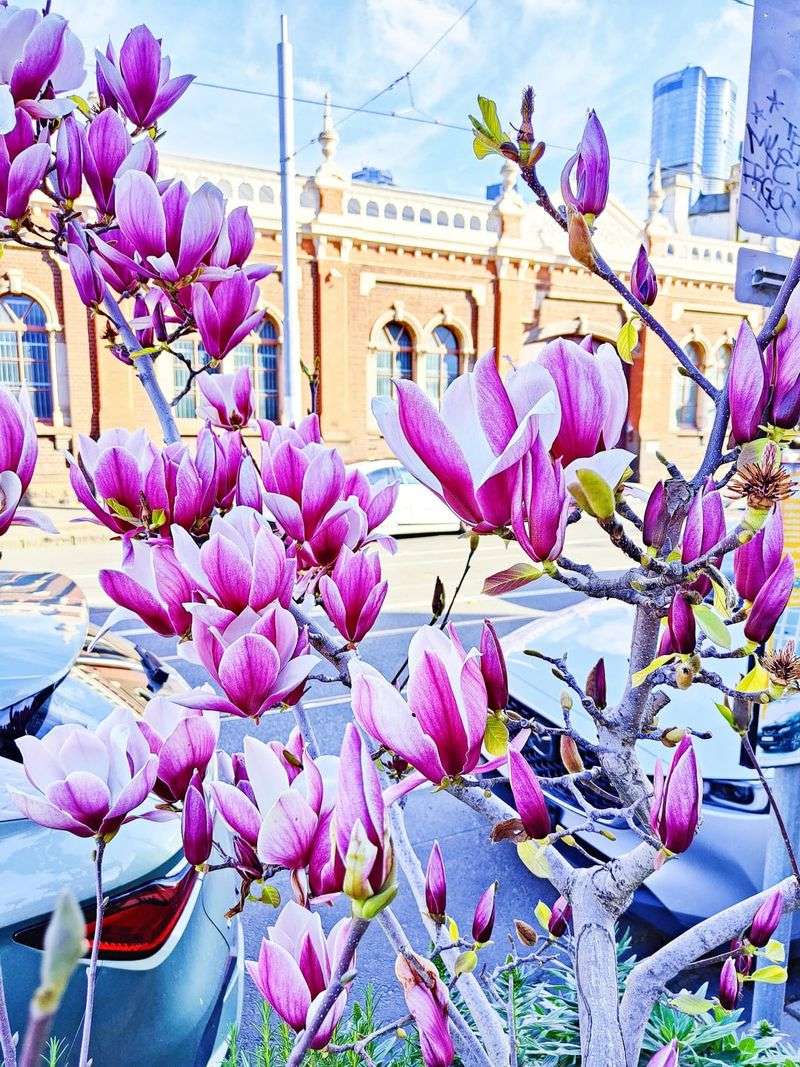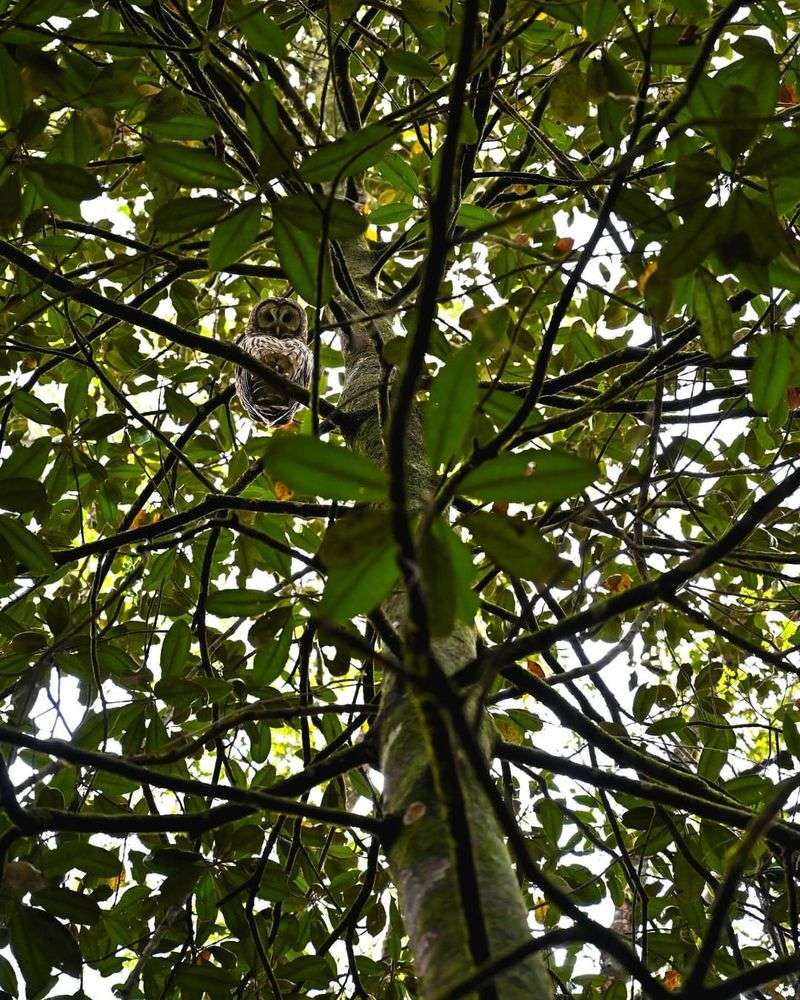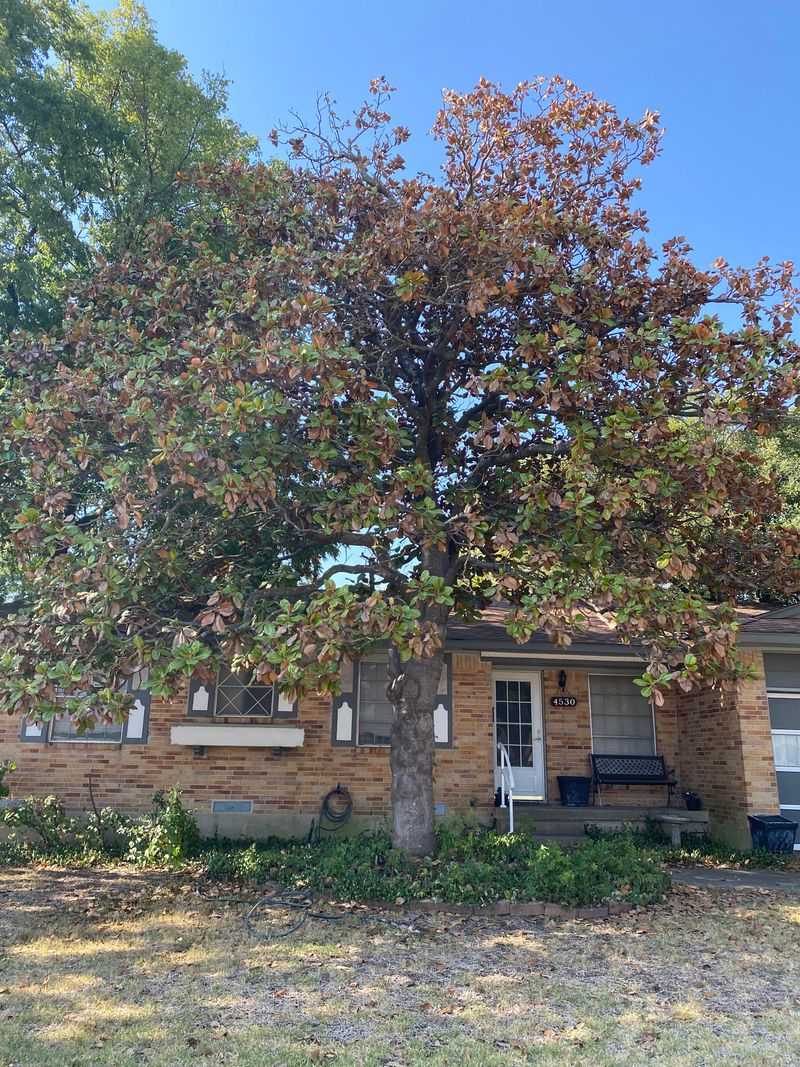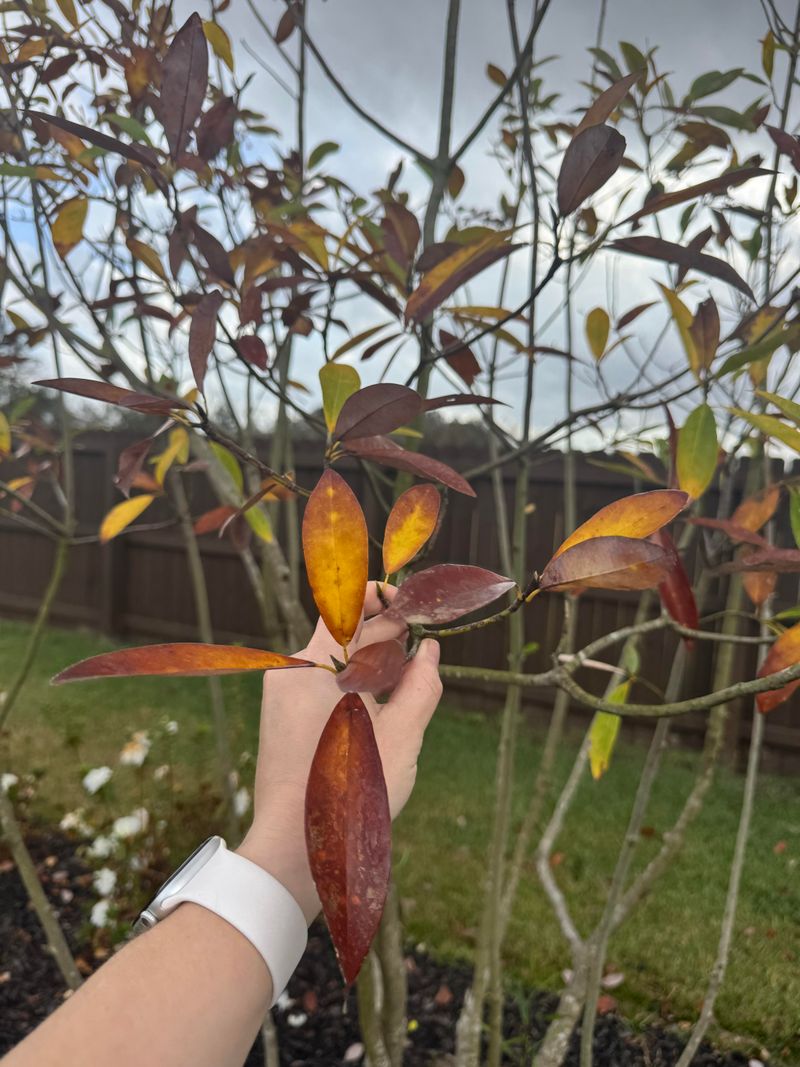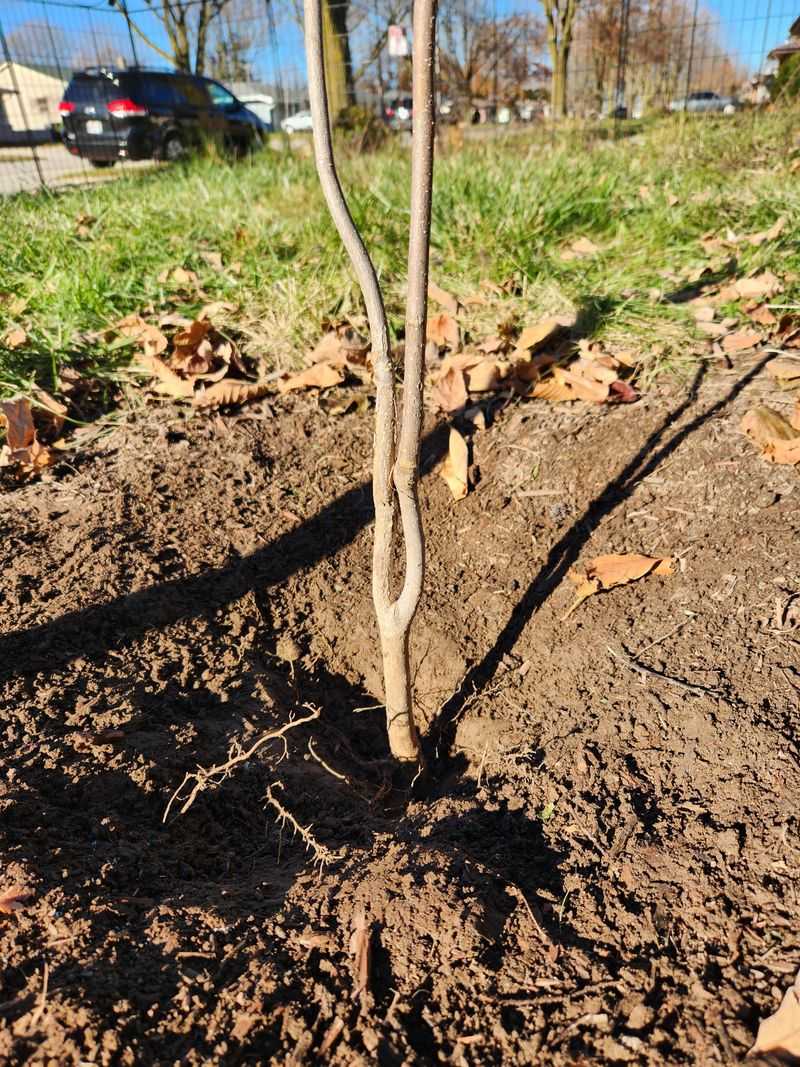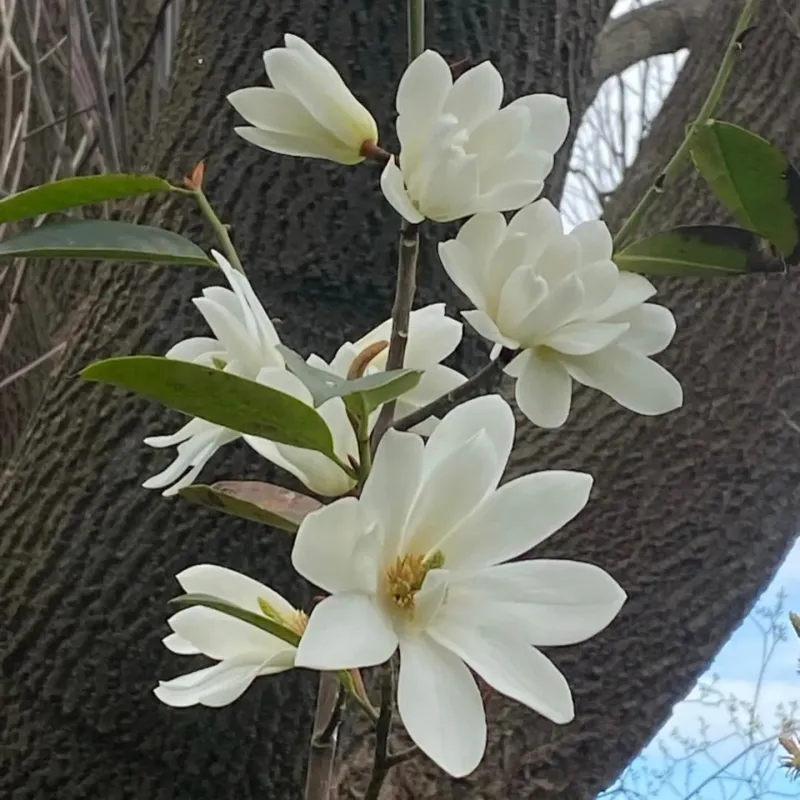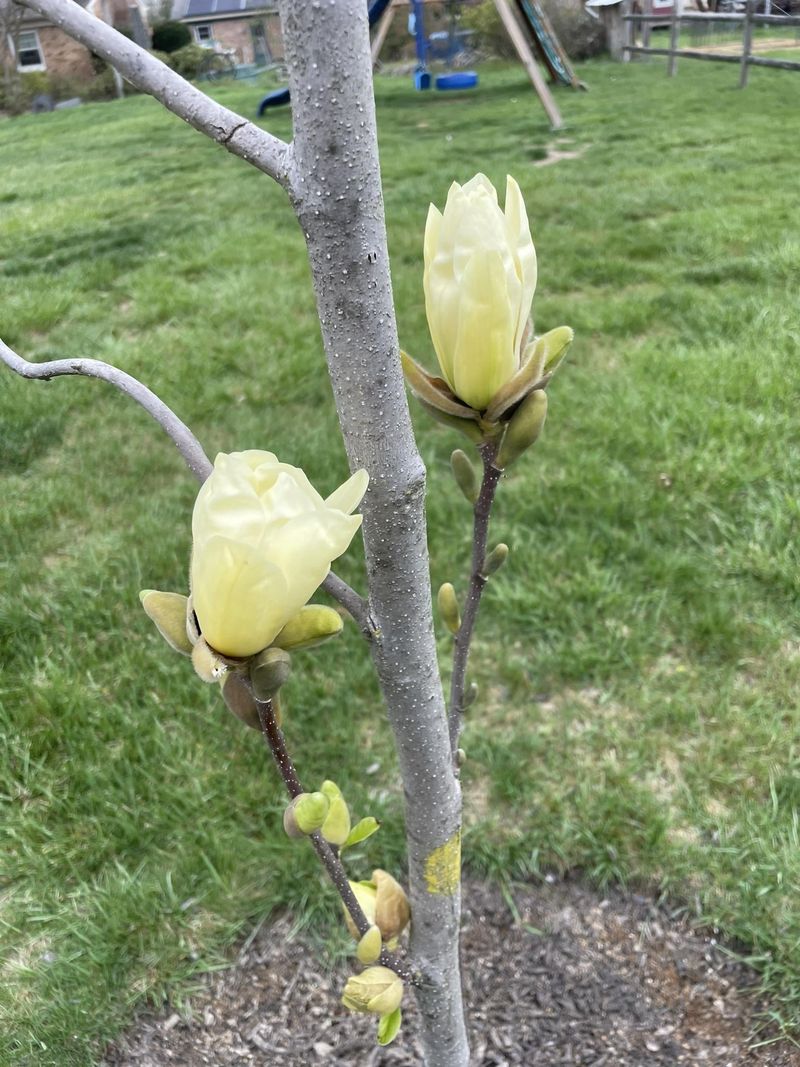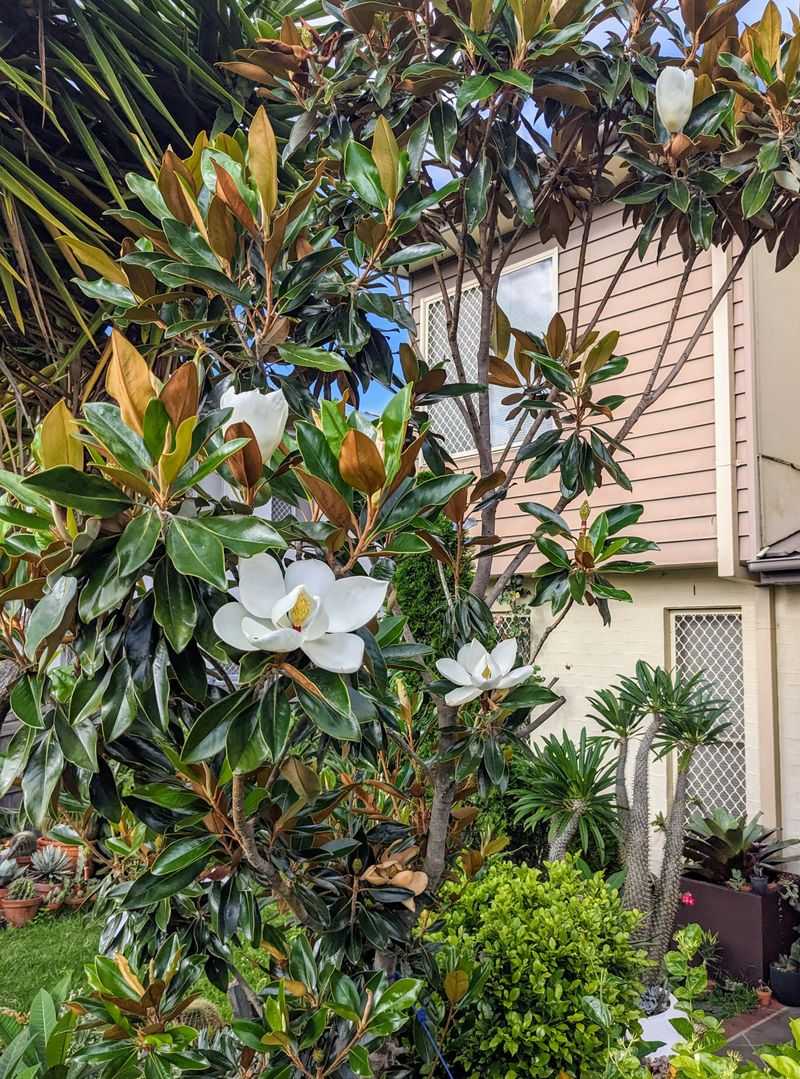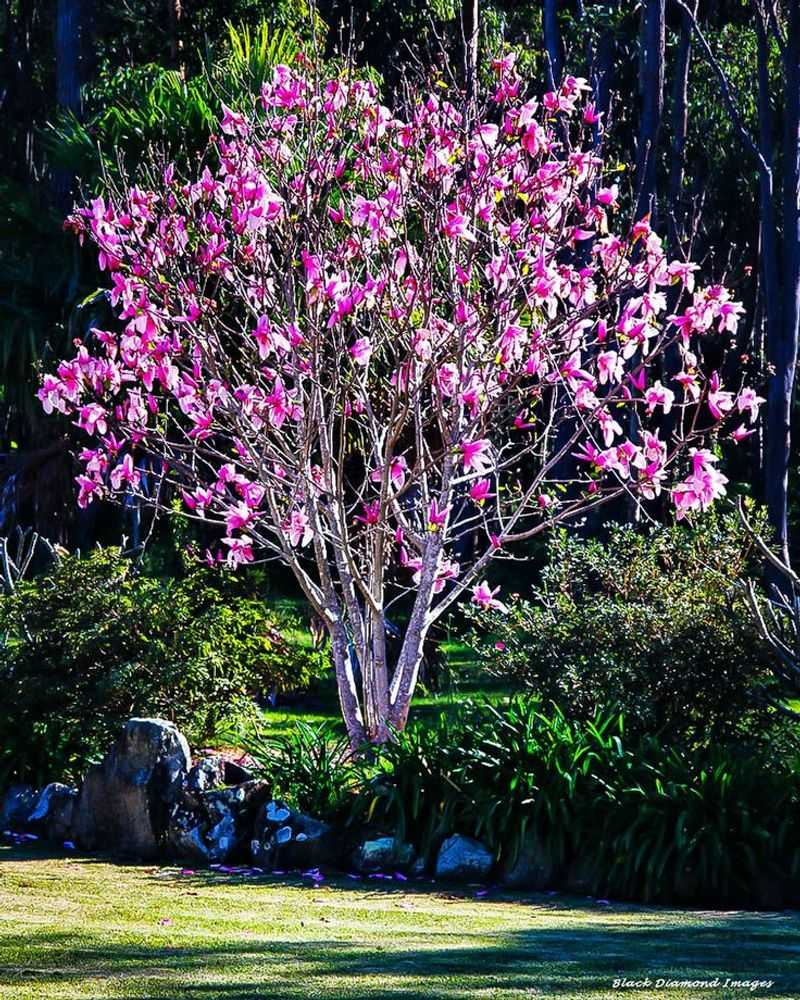Choosing the right magnolia for your garden is an adventure filled with color, fragrance, and enchanting silhouettes. These timeless beauties, with their extravagant blooms and luscious leaves, can transform any outdoor space into a wonderland. Whether you’re looking for something whimsical, hardy, or fragrant, there’s a magnolia out there just waiting to make your garden its home. Here are 24 tips to help you pick the perfect magnolia for your green haven.
1. Understanding Magnolia Varieties
Magnolias come in a variety of shapes and sizes, each with its own unique charm. From the towering Southern Magnolia to the petite Star Magnolia, understanding the different varieties is crucial.
Picture a garden where each magnolia tells its own story with its blooms. Some are evergreen, providing year-round greenery, while others celebrate spring with a burst of color.
Knowing the variety that suits your climate and space will ensure your magnolia thrives. It’s a world where each tree offers a different personality, ready to become the star of your garden.
2. Consider Your Climate
Magnolias are versatile but knowing which type fits your climate is key. Imagine a magnolia flourishing in its ideal environment, offering the best blooms it can.
While some varieties, like the Southern Magnolia, bask in the warmth, others, such as the Saucer Magnolia, are more cold-hardy. Understanding your local climate ensures that your chosen magnolia will not just survive but flourish.
This helps prevent the heartbreak of a beautiful tree struggling against nature. Selecting a climate-compatible magnolia creates a harmonious garden setting year-round.
3. Space for Growth
Before bringing a magnolia into your garden, consider its future size. Picture a young magnolia with space to stretch and grow, eventually becoming a magnificent centerpiece.
Magnolias can range from small shrubs to grand trees, each needing different amounts of space. Thinking long-term about where your magnolia will fit as it matures will save you from future headaches. A cramped garden can stifle a magnolia’s beauty, while ample space allows its elegance to unfold.
Choose a spot that encourages your magnolia to show off its full glory.
4. Bloom Time
The timing of your magnolia’s bloom can dramatically impact your garden’s aesthetics. Imagine eagerly awaiting the first signs of spring, heralded by your magnolia’s vibrant blooms.
Some magnolias bloom early, while others grace your garden with flowers later. Understanding the bloom time helps in planning a garden that has continuous interest throughout the seasons.
A well-timed bloom can be the highlight of your spring or summer, offering visual delights just when you need them. Aligning bloom times can create a seamless transition of beauty in your garden.
5. Fragrance Factor
For many, fragrance is a key factor in choosing a magnolia. Imagine the air filled with a sweet, intoxicating scent as you wander through your garden.
Some magnolias are renowned for their fragrance, making them a delightful addition to any outdoor space. From subtle hints to heady perfumes, the scent varies between varieties.
Selecting a magnolia with a fragrance that appeals to your senses can enhance the ambiance of your garden. It’s about creating a sensory experience where each breeze carries a new scent adventure.
6. Leaf Characteristics
Magnolia leaves can be as captivating as their flowers. Picture leaves that shimmer under the sun, adding texture and depth to your garden.
Some magnolias have glossy, evergreen leaves, while others boast large, deciduous foliage. The leaves’ characteristics can influence the overall look and feel of your garden throughout the year.
Choosing a magnolia with leaves that complement your garden’s aesthetic can create a cohesive and inviting space. It’s not just about the flowers; the leaves play a vital role in the garden’s symphony.
7. Soil Preferences
Magnolias have their soil preferences, much like people have their favorite foods. Imagine a magnolia flourishing in rich, well-drained soil, its roots spreading with ease.
Some magnolias prefer acidic soils, while others are more adaptable. Understanding the soil needs of your chosen variety ensures that your magnolia is well-nourished and happy.
Testing and preparing your garden soil can make all the difference in your magnolia’s health and vitality. A happy magnolia starts from the ground up, thriving in soil that meets its needs.
8. Sunlight Requirements
Sunlight can make or break your magnolia’s performance. Imagine your magnolia basking in the perfect amount of sunlight, its blooms opening wide to soak up the rays.
While some magnolias thrive in full sun, others prefer partial shade. Matching your garden’s sunlight conditions to your magnolia’s needs is crucial. It’s like finding the perfect spot on a sunny day; too much or too little light can affect growth and flowering.
Ensuring your magnolia gets the right amount of sunlight keeps it blooming beautifully throughout the seasons.
9. Resistance to Pests
Pests can be a nuisance, but some magnolias exhibit remarkable resistance. Imagine a garden where your magnolia stands strong against unwanted visitors.
Selecting a pest-resistant variety reduces the need for chemical interventions, making your garden safer for all. It’s about choosing a magnolia that can fend for itself, leaving you more time to enjoy its beauty.
Resistant varieties help maintain a thriving garden ecosystem, where magnolias bloom without interference. This choice can lead to lower maintenance and a more sustainable garden.
10. Consider Companion Plants
Magnolias can be the star, but they shine even brighter with the right companions. Picture a garden where magnolias are framed by plants that highlight their beauty.
Companion plants not only enhance aesthetics but can also support the magnolia’s health. Choose plants that thrive under similar conditions, offering contrasting textures and colors.
The right companions can create a garden symphony, where each plant plays its part harmoniously. This thoughtful pairing transforms your garden into a cohesive and vibrant space, full of life and color.
11. Cold Hardiness
Cold hardiness is a vital consideration if frost visits your garden. Imagine a magnolia standing resilient, its branches adorned with a gentle frost.
Some magnolias embrace the chill, thriving in colder climates without missing a beat. Understanding cold hardiness helps you choose a variety that won’t falter when temperatures drop. This ensures your magnolia remains vibrant, providing beauty despite the cold.
A frost-tolerant magnolia offers peace of mind and consistent beauty, regardless of winter’s chill. Selecting wisely means your garden will flourish, come rain or shine.
12. Maintenance Needs
Gardening is a joy, but some prefer low-maintenance plants. Visualize a garden where your magnolia thrives with minimal intervention. Some magnolias require regular pruning and care, while others are content with occasional attention.
Understanding the maintenance needs of your chosen variety helps you plan your garden activities better. It’s about balancing effort with enjoyment, ensuring your magnolia remains healthy without becoming a chore.
A well-maintained magnolia rewards you with stunning blooms and lush foliage, making every moment in the garden worthwhile.
13. Height and Spread
The height and spread of a magnolia can define your garden’s layout. Imagine a towering magnolia, its branches casting a dappled shade across your garden.
Selecting the right size ensures your magnolia fits perfectly, complementing other elements. Some magnolias stretch tall and wide, while others remain compact. Consider your space constraints and future plans when choosing.
A tree too large can overwhelm, while a smaller one might get lost. Finding the right balance creates a harmonious garden where each element enhances the other.
14. Historical Significance
Magnolias have a rich history, often symbolizing beauty and strength. Imagine a magnolia that not only beautifies your garden but also tells a story.
Some varieties have cultural significance or historical uses that add depth to your garden. Incorporating a magnolia with a story can enrich your gardening experience, offering more than just visual appeal. It’s like having a living piece of history that connects past and present.
Sharing these stories can enhance the garden narrative, making your space unique and meaningful.
15. Unique Bloom Colors
Magnolia blooms come in a palette of colors, each offering its own charm. Envision a garden where magnolias splash vivid hues across their landscape.
From classic whites to vibrant pinks and purples, each color can set a different mood. Choosing a unique bloom color can elevate your garden, making it truly distinctive. It’s about expressing personal style through floral colors that captivate and inspire.
With so many shades, finding the perfect hue to complement your garden is an exciting journey, adding a splash of creativity to your outdoor canvas.
16. Wildlife Attraction
Magnolias can be a wildlife magnet, drawing birds, bees, and butterflies. Picture a garden buzzing with life, where magnolias play host to these delightful visitors.
Some varieties are particularly attractive to pollinators, adding another layer of life to your garden. Choosing a magnolia that encourages biodiversity supports local ecosystems and adds dynamic movement to your garden. It’s about creating a lively, vibrant space where flora and fauna coexist beautifully.
A garden alive with the fluttering of wings and the hum of bees offers endless fascination and beauty.
17. Drought Tolerance
If water conservation is a priority, consider a drought-tolerant magnolia. Imagine a garden where magnolias thrive even when water is scarce, their resilience shining through.
Some varieties are exceptionally hardy, adapted to withstand dry spells without wilting. Selecting a drought-tolerant magnolia helps create a sustainable garden, reducing water usage and maintenance. It’s about choosing plants that align with your environmental goals, offering beauty without compromise.
A resilient magnolia is a testament to nature’s adaptability, providing stunning blooms even in challenging conditions.
18. Evergreen vs. Deciduous
Choosing between evergreen and deciduous magnolias can affect your garden’s year-round appearance. Picture an evergreen magnolia, maintaining its lush leaves through winter, versus a deciduous one, offering a bare beauty in cold months.
Evergreens provide constant greenery, while deciduous varieties reveal dramatic seasonal changes. Deciding between the two depends on your garden goals and aesthetic preferences. It’s about balancing the desire for permanent foliage with the beauty of seasonal transformation.
Each choice offers its own rewards, contributing differently to your garden’s character.
19. Root System
The root system of a magnolia can influence planting decisions. Visualize a network of roots extending gracefully beneath the soil, offering stability and support.
Some magnolias have extensive root systems that need room to spread, while others are more compact. Understanding the root structure helps in planning garden layouts, preventing damage to nearby structures. It’s about ensuring your magnolia has the foundation it needs to thrive.
Choosing wisely means your garden can flourish without disruption, allowing each plant to contribute to a cohesive and stable environment.
20. Seasonal Interest
Magnolias offer more than just spring blooms; they can provide year-round interest. Imagine a magnolia that transitions beautifully through each season, offering diverse visual appeal.
From blossoms in spring to vibrant leaves in summer and striking silhouettes in winter, each phase brings something new. Choosing a magnolia that provides seasonal interest ensures your garden remains captivating throughout the year.
It’s about creating a dynamic space where each season unfolds with fresh beauty. A well-chosen magnolia can make every visit to the garden a delightful discovery.
21. Cultural Symbolism
Magnolias are steeped in symbolism, often representing purity, dignity, or perseverance. Picture a magnolia that embodies these qualities, adding a deeper meaning to your garden.
Some cultures revere magnolias for their beauty and strength, using them in ceremonies or as symbols of prosperity. Incorporating a magnolia with cultural significance can enrich your garden, offering more than just aesthetic appeal.
It’s about connecting with traditions and stories that resonate personally. A symbolically rich magnolia contributes to a garden that is both beautiful and meaningful.
22. Purchasing from Local Nurseries
Supporting local nurseries can be rewarding when selecting a magnolia. Imagine walking through a nursery, surrounded by carefully nurtured magnolias.
Local nurseries often provide plants that are well-adapted to your area, increasing your magnolia’s chance of thriving. The staff can offer invaluable advice and recommendations, helping you make informed decisions.
Purchasing locally not only supports the community but also ensures you’re selecting a magnolia suited to your specific climate and soil. It’s a choice that benefits both your garden and your local economy.
23. Budget Considerations
Budget can play a big role in your magnolia selection. Picture a garden plan with costs carefully laid out, ensuring you stay within your financial means.
Some magnolia varieties might be more expensive due to their rarity or size. Consider not just the purchase price but also the long-term care costs, such as watering and maintenance.
Planning your budget ensures you choose a magnolia that fits your financial situation without compromising on beauty.
24. Personal Preference
Ultimately, choosing a magnolia is a personal journey. Envision a tree that resonates with your style and sensibilities, becoming a beloved part of your garden.
Your personal preference will guide you to a magnolia that not only fits your garden but also your heart. It’s about finding joy in the selection process, where each choice reflects your unique taste.
A magnolia chosen with love is more than just a plant; it’s a cherished companion in your garden, offering beauty and comfort. Let your heart lead, and find a magnolia that feels like home.

